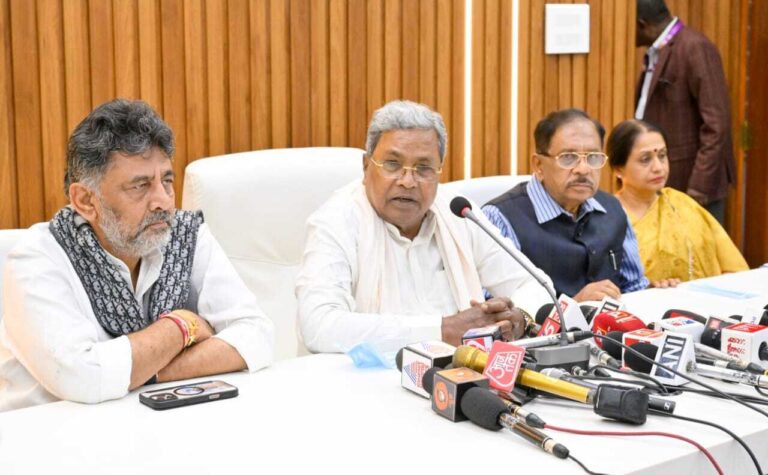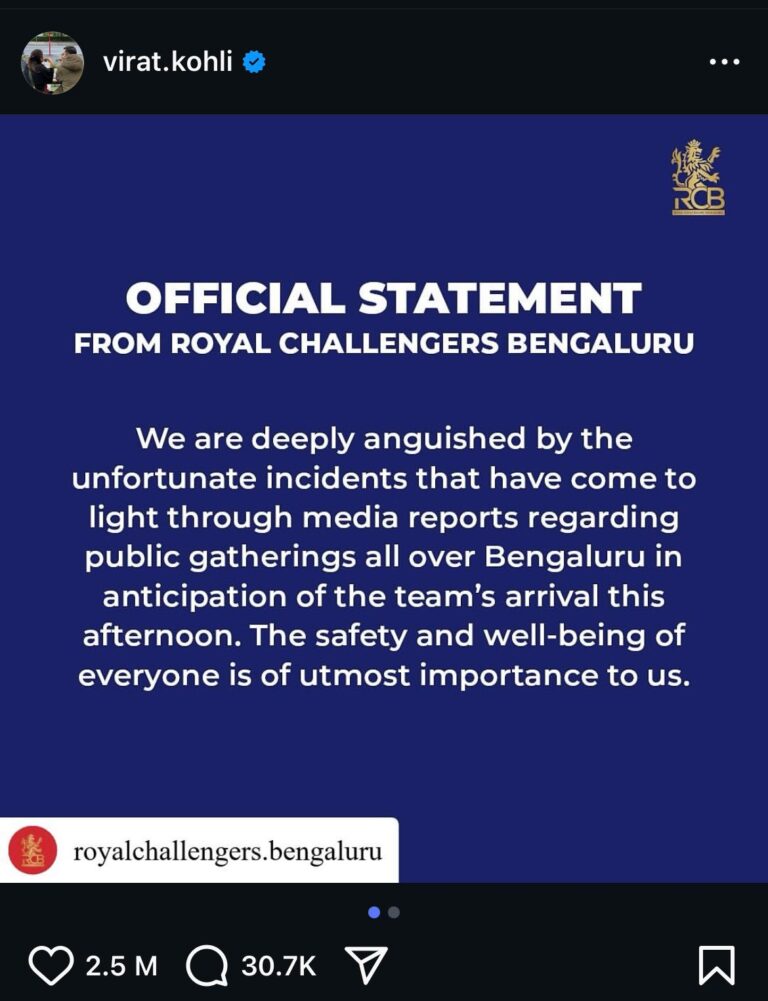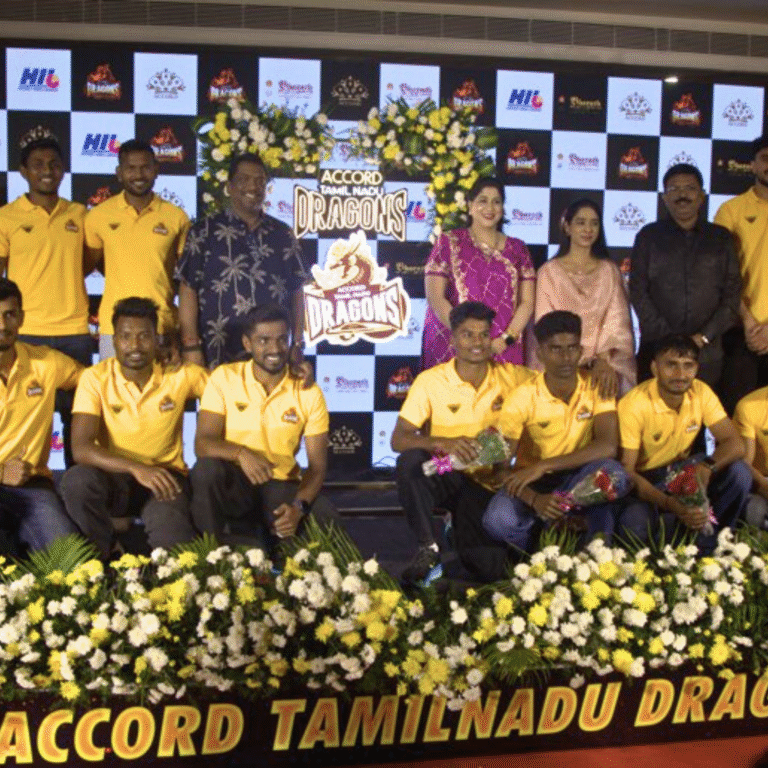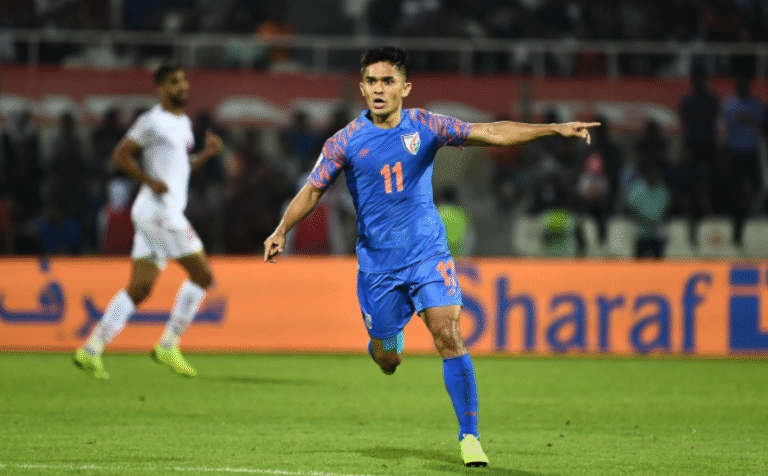
What began as a bold experiment in 2008 has transformed into a global cricketing phenomenon. The Indian Premier League (IPL), launched by the BCCI, has not only redefined T20 cricket—it has reshaped the sport’s economics, viewership, and global appeal.
🚀 Genesis of a Revolution
Inception followed closely on India’s victory in the inaugural 2007 T20 World Cup. With T20 cricket proving its mettle, the BCCI, under Lalit Modi’s vision, fast-tracked a franchise-based league, modeling it on the excitement of the IPL. Eight teams representing different Indian cities—including Mumbai, Chennai, Kolkata, Delhi, and Bangalore—launched in April 2008. The opening salvo came from Brendon McCullum, whose unbeaten 158 off 73 balls for Kolkata Knight Riders stunned the cricketing world.

🌟 Franchise Model and Celebrity Glamour
The IPL introduced a novel mix of city-based franchises with celebrity ownership. Teams like Mumbai Indians (MI) and Chennai Super Kings (CSK) became synonymous with consistently stellar performances, each securing five titles by 2025 (Wikipedia). The league’s model—auctioning player contracts, brand endorsements, and media rights—catapulted franchises into billion-dollar enterprises. It even drew Bollywood star power; Shah Rukh Khan and Preity Zinta became household names as team owners.
📈 Financial Powerhouse
From 2023 to 2027, IPL media rights sold for a record US $6.4 billion, underscoring the league’s commercial dominance (Wikipedia). This infusion covered broadcasting and digital platforms—JioCinema’s 2023 live stream peaked at 32 million concurrent viewers, outpacing any prior sports streaming event globally.
🧢 Innovation On and Off the Field
IPL redefined cricket through innovations: strategic timeouts, aerial broadcast angles, and the introduction of “impact players” added tactical depth . On the field, the coveted Orange Cap (top run-scorer) and Purple Cap (top wicket-taker), along with a playoff structure featuring Qualifier and Eliminator matches, intensified competition.
🔍 Launchpad for Global Talent
Though originally envisioned as a platform for Indian talent, the IPL attracted global superstars. Virat Kohli, the all-time leading run-scorer (8,661 runs), and bowler Yuzvendra Chahal (221 wickets) became legends.
Numerous young talents launched their careers through IPL; examples include Jasprit Bumrah, Hardik Pandya, and Sai Sudharsan, the latter leading the 2025 scoring charts with 759 runs.
🎉 Moments That Defined an Era
Tradition met spectacle: Thrilling player auctions, Brendon McCullum’s record-breaking debut, and iconic finals—like the 2025 IPL final, where Royal Challengers Bengaluru captured their first title—and continuous rivalries between MI and CSK cemented the league’s legendary status .
🌍 Global Ripple Effects
Inspired by its success, similar leagues emerged worldwide: Australia’s Big Bash League, Pakistan Super League, The Hundred in England, and the USA’s Major League Cricket. While cricket purists voiced concerns over T20 saturation, the IPL’s success demonstrated the power of modern sports entertainment .
🏹 Challenges and the Road Ahead
The IPL has weathered controversies (e.g., the 2013 betting scandal), franchise suspensions, and global conflicts—like the 2025 India–Pakistan crisis that paused and rescheduled the tournament.
Looking forward, strategic expansion is key. While the 2025 season featured ten teams over 74 games, future growth may include women’s fixtures and additional global markets .
🔚 Final Verdict
In under two decades, IPL has reimagined cricket, blending sport with entertainment, finance, and innovation. It serves as a model for franchise sports globally—and remains a powerful cultural and economic force. As it evolves, one thing is clear: IPL’s influence will continue to shape cricket’s future, making it more vivid, accessible, and spectacular.
Follow BiGG Sports News for more sports stories





